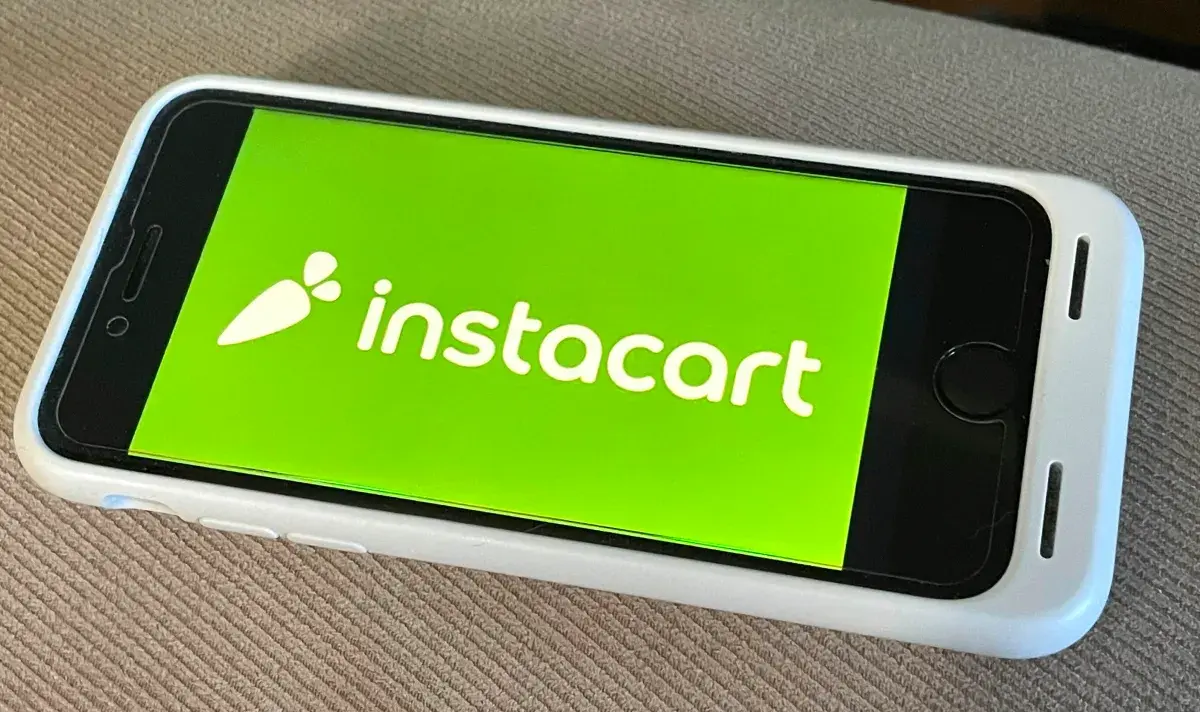
The cost of health insurance is projected to significantly rise yet again next year, and business owners are struggling to keep up. One helpful strategy to mitigate this cost is offering health savings accounts (HSAs).
These accounts are not only a great way to reduce the cost of out-of-pocket healthcare costs, but they can also help all workers put money away for healthcare, which can then be used in the future tax-free.
To offer an HSA, your company’s health plan must be considered “high deductible.”
For 2025, that means the minimum deductible for individuals is $1,650 with maximum out-of-pocket costs of $8,300, and for families a minimum deductible of $3,300 with maximum out-of-pocket costs being $16,600. Traditional healthcare plans with deductibles below these amounts are not eligible.
Greg Grimm, vice president of benefits at the Philadelphia-based HR consulting firm Exude, said moving from a low-deductible to a high-deductible plan will lower a company’s premiums. And if structured the right way, the difference in cost can be offset by the tax savings employees use from their HSA.
How an HSA can offset high deductibles
Assuming your plan meets the above requirements (and a few others) you create an HSA plan for your employees.
In 2025, employees can deduct as much as $4,300 (individually) or $8,550 (for a family) from their pay throughout the year to be deposited into their HSA. That lowers their taxable income. (2026 deductions are $4,400 for individuals and $8,750 for families.)
“What’s great for the employee is that the account then grows tax-free for as long as the funds are there, and they can withdraw these funds tax-free for qualified medical expenses,” said Meg McGinn, founder of Osprey Health, a health insurance brokerage firm based in Berwyn.
“The longer the funds stay in the account and grow, the bigger the tax benefit,” McGinn said. ”It’s one of the only accounts out on the market right now that offer these benefits.”
The money deducted from an employee’s paycheck goes into their own account, which can be invested by them. If this sounds similar to a Flexible Savings Account it is, but with a few big differences.
With an HSA, any funds that remain at the end of the year get rolled over to the next year (with most “flex” plans you either use the funds that year or lose them). Also, if employees leave your company, they can take their HSA balance with them. Employees who have a flex plan for healthcare cannot have an HSA, too.
HSA funds cannot be used to pay for healthcare premiums. But they can be used for a variety of other healthcare expenses such as periodic health evaluations, including tests and diagnostic procedures ordered in connection with routine examinations, routine prenatal and well-child care services, child and adult immunizations, and even certain weight-loss programs.
Grimm said some of his clients use their HSA to help offset the costs of dental care, even using it for braces for their kids.
“Dental insurance is a really big expense for many,” he said. “An HSA can help fund some of those additional dollars.”
Offering an HSA in a small business
HSAs have exploded in popularity over the past few years. Healthcare investment firm Devenir reported that total HSA assets grew to nearly $147 billion across more than 39 million accounts by the end of 2024 and up from $30 billion in just the past 10 years.
“The sustained growth in both assets and participation demonstrates a growing awareness among consumers and employers of HSAs’ long-term value in managing healthcare costs,” said Jon Robb, the company’s SVP of Research and Technology.
But despite that popularity, utilization is often lower among smaller companies compared to their corporate counterparts.
“Probably over half of our small business clients are offering an HSA as an option,” Grimm said. “But more education is needed.”
One group that could really take advantage are employees over the age of 55, who can make additional contributions of up to $1,000 per year. McGinn said people in this group could save almost $100,000 for future healthcare costs if they start putting money away now. I liken it to a 401(k) for healthcare when I discuss this option with my clients.
“You can also pay for long-term care premiums and services like assisted living and skilled nursing expenses from that HSA account once you’re over 65 years old,” McGinn said. “Many of our clients are not aware that Medicare does not pay assisted living with skilled nursing expenses after day 100, so you can see how this becomes a very powerful tool for a retired individual who might have incurred those expenses.”
Employers who are not offering HSAs are not only losing out on cost savings and a healthcare tax deduction for their contributions, but also a benefit that can help attract and retain great employees.
“The true benefit of the HSA is that you are helping your employees be very strategic about their retirement funds and their medical benefits,” McGinn said. “Workers that take advantage of these plans can really maximize their potential for saving money and protecting themselves against the rising cost of healthcare in the future.”



